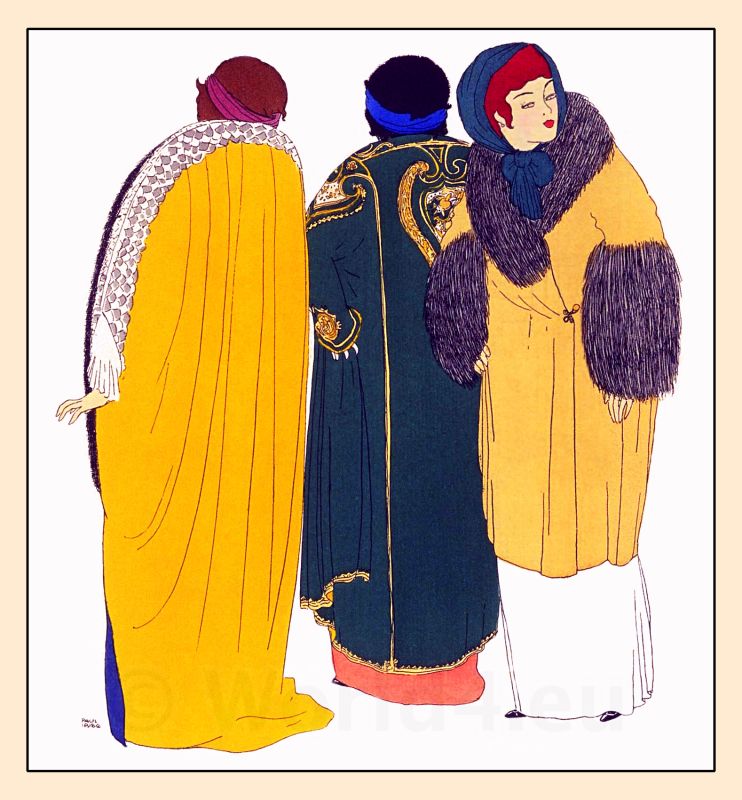SISTERS OF CHARITY.
CONFRATERNITIES OF CHARITY. — MADEMOISELLE LE GRAS. — FOUNDATION IN PARIS. — SPREAD OF THE CONGREGATION. — FRENCH REVOLUTION. — RESTORATION.

Societas Filiarum Caritatis a S. Vincentio de Paulo, Compagnie des Filles de la Charité de Saint Vincent de Paul.
Company of the Daughters of Charity of Saint Vincent de Paul.
WHILE St. Vincent de Paul (1581–1660) was preaching at Châtillon-les-Dorabes, in the year 1617, he strongly recommended a poor family of the neighborhood, of which most of the members had fallen sick, and which was in great need. His words took such effect that a great number of persons visited them, bringing with them gifts of things required. Here upon St. Vincent conferred with certain charitable ladies of the parish on the means of regulating the assistance shown to these poor people, and to others who in future might be in similar need. He thus formed a small charitable society or confraternity, choosing for its government officers who were to meet before him every month in or- der to render an account of what had been done. St. Vincent endeavored to establish similar confraternities in various other places. To render this work stable, God sent to Vincent a person who became the foundress of the institution of the Sisters of Charity.
Mademoiselle Louise de Marillac le Gras was born in Paris on August 12, 1591. Her father spared no pains to have her enjoy a solid and even brilliant education. Becoming convinced of the vanity of the world, she would have become a Capuchin nun, if Father Honore, a Capuchin, had not dissuaded her by holding up to her the weakness of her constitution, which, he said, could not endure the austerities of that order. A short time after, in 1613, she married M. Antoine Le Gras, secretary of the Queen Marie de Medicis. From the first years of her married life she applied herself to visiting the sick poor in the parish where she lived, in order to render them all manner of services. She also frequented the hospitals, and drew several ladies to imitate her example. Having lost her husband in 1625, she resolved to marry no more, and consecrated the rest of her days entirely to the service of God.
Her Director, Jean-Pierre Camus, Bishop of Belley, the friend of St. Francis de Sales, recommended her in his absence to St. Vincent de Paul, who was then beginning his congregation in the college of the Bons Enfants. The example of the charitable life of the saint incited her still more to consecrate herself to the service of the poor. She communicated her design to the saint, but the man of God, in order to try her, deferred the execution of her design until 1629, when he sent her to visit, the Confraternities of Charity he had established in various places. About four years later, St. Vincent, seeing how desirable it was that some of those who had offered to consecrate their lives to the good work he had begun, should be united into a community, entrusted the matter into the hands of Mademoiselle le Gras, who gathered a few of these pious persons into her house, where she began this first community on November 21st, 1633.
The following year she found herself to the work by vow. Mademoiselle le Gras was assisted in her good works by some of the principal ladies of Paris, who would meet from time to time to deliberate on the best means of practicing their charity. Her community increasing, she bought a house in the village of La Chapelle, near Paris, whence she removed to the Faubourg St.Denis near the house of St.Lazarus. Besides many other works of charity, she opened her house to persons of her sex desirous of making a spiritual retreat. St. Vincent having established a foundling asylum, entrusted it to Mademoiselle le Gras and her companions.
In the year 1639 she opened another establishment in the city of Angers, and, soon after, sent her daughters to several other places even outside of France, for, in 1652, she established them at Warsaw in Poland. In 1645, she had accepted the charge of the insane. The congregation was first approved by Jean François de Gondy, archbishop of Paris, and, afterwards, by his successor, the Cardinal de Retz, who gave to them the name of the Servants of the Poor and placed them under the direction of the General of the Mission and his successors, on condition that they should forever depend on the archbishop of Paris. After this, St. Vincent gave them the rules he had composed and appointed Mademoiselle le Gras Superior for life. In 1660 the congregation was confirmed by the Cardinal de Vendome, legate in France of PopeClement IX. The foundress died in the same year on March 15th. After her death the congregation spread with wonderful rapidity. In the year 1789, about the time of the breaking out of the French Revolution, it possessed four hundred and twenty-six houses in France, besides a great number in Poland, and some in Austria and Siberia. Though suffering with the Church in the dark days through which it had to pass at the close of the last century, the Sisters of Charity continued their noble work without hardly any interruption.
In the year 1801 the institute obtained a kind of legal existence from the Consular government. In less than three years the General Superior increased the number of her Sisters, which had been greatly diminished. The Superior at this time was Sister Duleau, a woman of remarkable energy, and well suited to the difficult times in which it was her task to govern the congregation. She died January 30th, 1804, and at her funeral more than one hundred Sisters accompanied her corpse to the grave. In 1807, by order of the Superior, a General Chapter of this congregation, and others devoted to similar works, was held in Paris, presided over by Madame Laetitia, the mother of Napoleon, assisted by Cardinal Fesch, grand almoner of the empire. The Chapter was held in the palace.
After the restoration of the Bourbons, the congregation developed still more rapidly. In March, 1815, it began to occupy a large house in the Rue du Bac, given by Napoleon, which is still the mother-house of the congregation. The relics of St. Vincent were transferred thither, and there they remained until 1830, when they were removed to the chapel of the Lazarists in the Rue de Sèvres. About the year 1847, M. Etienne, General of the Lazarists, wrote to the Abbé Badiche, one of those who continued the large work of Hèlyot, that the Congregation of the Sisters of Charity possessed from six to seven thousand members, dispersed in five or six hundred houses situated in France, Poland, Gallicia, Prussia, Spain, the Italian States, Mexico, the Levant, Constantinople, Smyrna, Alexandria, and other places. It had three novitiates, namely, at Paris, Madrid, and Turin.
At present the white bonnet of the Sisters of Charity is seen in nearly all countries of the world. In what manner the congregation was introduced into the United States we shall see in the following chapter.
The members of this congregation are not bound by perpetual vows, but they take the three vows of poverty, chastity, and obedience, which they renew every year on March 25th. The congregation is governed by a Mother-General residing in the Rue du Bac, No 136 in Paris, and is subject to the Superior-General of the Lazarists, who appoints a visitor to the different provinces.
In the first half of the last century, Hèlyot wrote that the Sisters possessed generally no real estate as their own property. Their dwellings, with the exception of the seminary of Paris, belonged to the poor or to confraternities of charity. At present, however, this state of affairs has undergone a change, and the Sisters of Charity possess their own establishments.
Source: History of religious orders. A compendious and popular sketch of the rise and progress of the principal monastic, canonical, military, mendicant, and clerical orders and congregations of the Eastern and Western churches, together with a brief history of the Catholic church in relation to religious orders by Charles Warren Currier. New York, Murphy & McCarthy, 1894.

Related
Discover more from World4 Costume Culture History
Subscribe to get the latest posts sent to your email.






